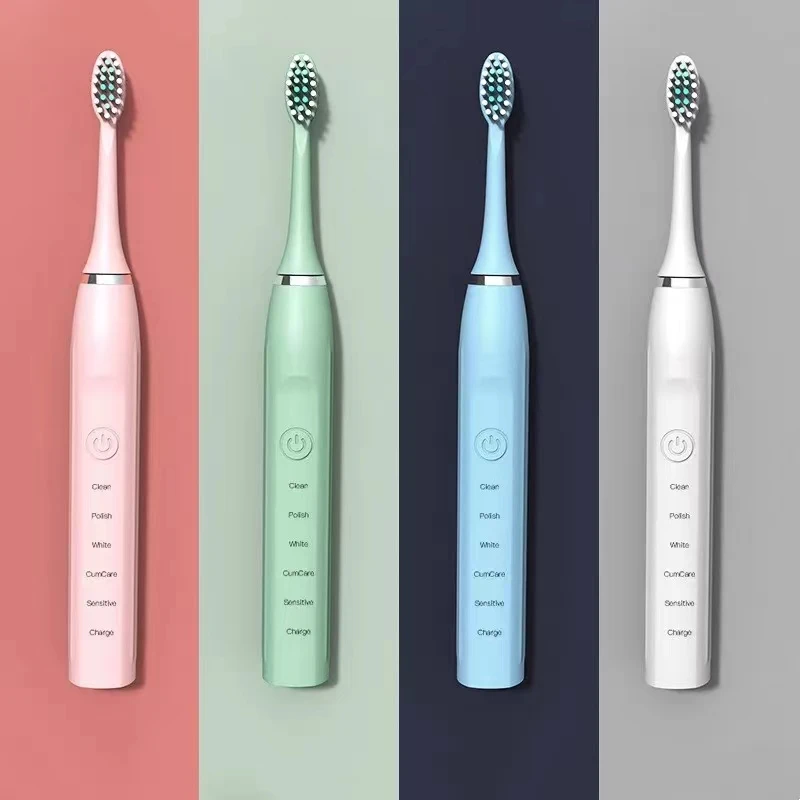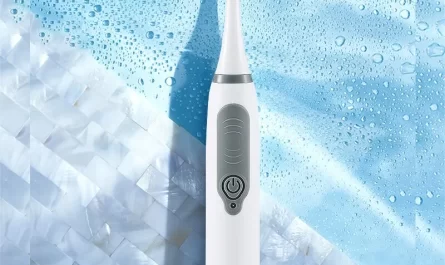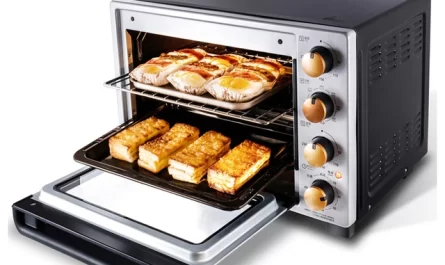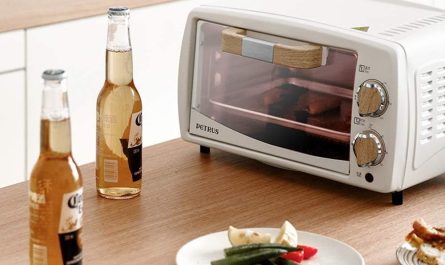Introduction:
Traveling with an electric toothbrush is a common concern for many flyers. Understanding the regulations, packing tips, and best practices for placing an electric toothbrush in checked baggage is crucial for a hassle-free travel experience. This comprehensive guide delves into the Transportation Security Administration (TSA) guidelines, the specifics for handling batteries, packing tips to protect your electric toothbrush, and potential troubleshooting. By following these instructions, you can ensure a smooth journey while keeping your dental hygiene routine intact.
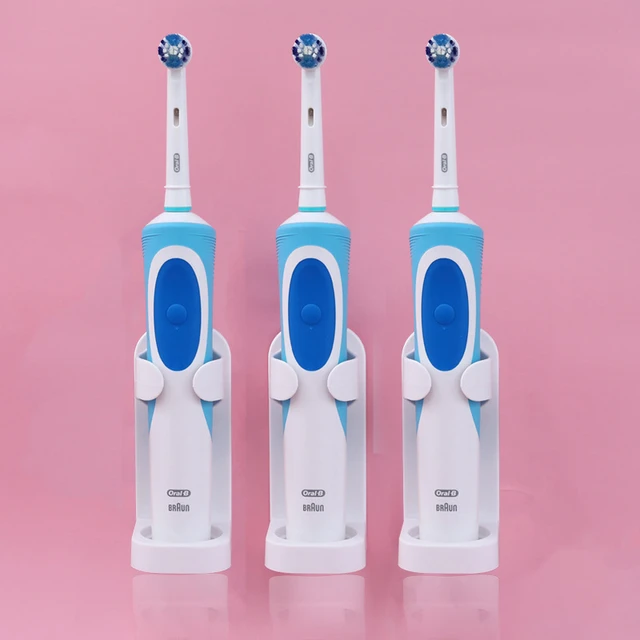
Can You Put an Electric Toothbrush in a Checked Bag:
What Are the TSA Guidelines?
TSA Guidelines:
What Are the TSA Rules for Carrying an Electric Toothbrush?
Knowing TSA regulations helps avoid any last-minute complications at the airport.
Carry-On and Checked Baggage:
Allowed Items:
Permitted in Both: Good news for travelers: electric toothbrushes are permitted in both carry-on and checked baggage. This flexibility allows you to choose the most convenient packing option for your needs.
Security Screening: Regardless of where you pack it, your electric toothbrush may be subject to inspection by TSA officers at security checkpoints. Therefore, it’s essential to pack it in an accessible manner.
Battery Regulations:
Lithium-Ion Batteries:
Embedded Batteries: Most electric toothbrushes contain lithium-ion batteries, which are subject to specific regulations. If the battery is built into the toothbrush, it is typically safe for both carry-on and checked baggage under TSA guidelines.
Spare Batteries: Carrying spare lithium-ion batteries requires extra caution. Spare batteries are not allowed in checked baggage and must be placed in carry-on luggage. Ensure they are stored safely to prevent short circuits.
Packing Tips:
How Should You Pack Your Electric Toothbrush for Checked Baggage?
Proper packing techniques protect your electric toothbrush from damage during transit.
Protective Case:
Avoiding Damage:
Use a Hard Case: Place your electric toothbrush in a hard, protective case to prevent damage. This shields the brush from impact and rough handling commonly experienced in checked luggage.
Additional Padding: Add extra padding, such as a small towel or bubble wrap, around the toothbrush inside the case. This provides additional protection against jostling and impact.
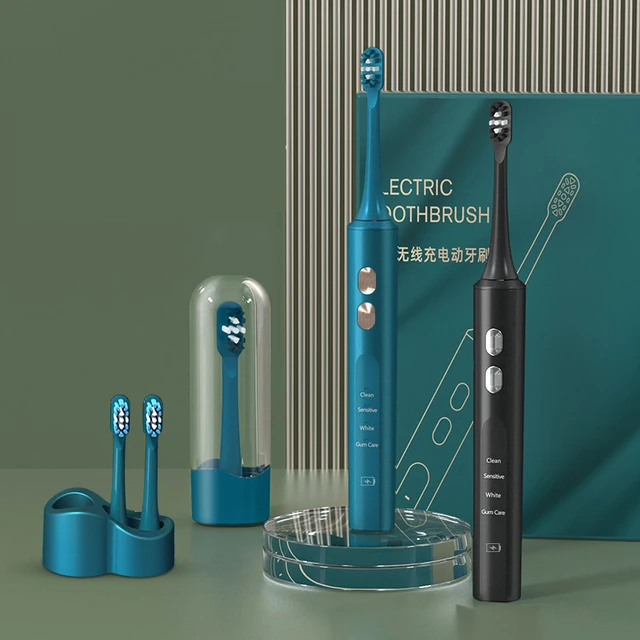 Removing the Battery:
Removing the Battery:
Safety Measures:
If Possible: If your toothbrush’s battery is removable, consider removing it and packing it in your carry-on luggage. This adheres to TSA guidelines for spare lithium-ion batteries and adds an extra safety measure.
Cover the Terminals: If you’re packing the battery separately, ensure the battery terminals are covered with electrical tape to prevent accidental short circuits. Store it in a plastic bag or its original packaging.
Separating Components:
Organized Packing:
Detaching the Head: Detach the toothbrush head from the handle and pack them separately. This prevents damage to the brush head and makes it easier to pack everything securely.
Stored in Compartments: Place the detached components in separate, labeled compartments or small bags to keep everything organized and easy to locate upon arrival.
Maintaining Hygiene:
Sanitary Storage:
Brush Head Cap: Use a brush head cover or cap to protect the bristles from dust and dirt. This maintains hygiene, especially when packed in checked luggage.
Sanitizing Case: Consider using a sanitizing travel case with UV light functionality to keep your toothbrush clean throughout your journey.
Airport Security:
What Should You Expect at Airport Security with an Electric Toothbrush?
Navigating airport security can be a smoother process with a few preparatory steps.
Security Screening:
Preparation and Compliance:
Accessibility: Pack your electric toothbrush in an easily accessible part of your checked luggage. This facilitates quick inspection if TSA officers need to check it.
Documentation: Although not always necessary, having the manual or instructions with you can clarify any queries regarding the device’s specifications and compliance.
Spare Batteries:
Carry-On Placement:
TSA Guidelines: As a reminder, pack any spare batteries in your carry-on luggage following TSA guidelines. Ensure they are stored safely to prevent any risk of short circuits or fire hazards.
Security Check Compliance: Be prepared to place spare batteries in a separate bin during security screening if requested by TSA officers.
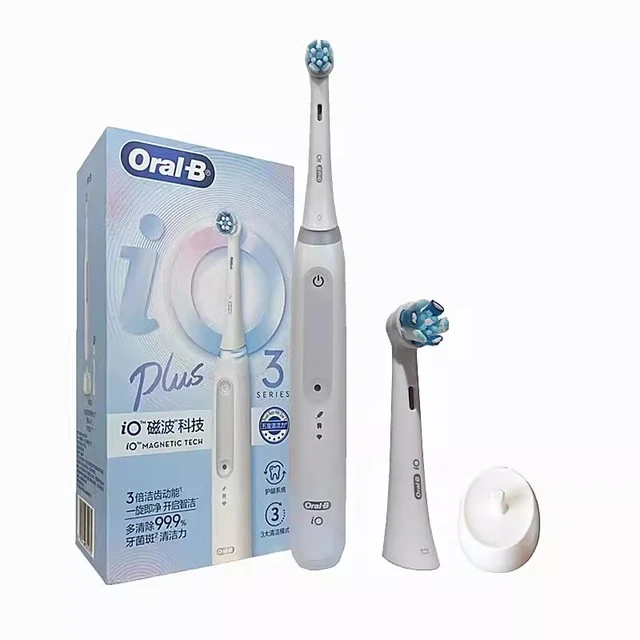 International Travel:
International Travel:
Are There Different Rules for Traveling Internationally with an Electric Toothbrush?
When flying internationally, additional considerations are necessary for compliance with global regulations.
Country-Specific Regulations:
Researching and Complying:
Advanced Research: Research the security and customs regulations of your destination country. Some countries may have unique rules regarding electronic devices and batteries.
Airline Policies: Review the specific policies of the airline you are flying with, as they might have detailed guidelines for carrying electronic devices and lithium-ion batteries.
Voltage Compatibility:
International Use:
Dual Voltage: Ensure your electric toothbrush supports dual voltage (110-240V). This allows you to use it safely in different countries without damaging the device.
Plug Adapters: Carry a plug adapter suitable for the electrical outlets in your destination country to recharge your toothbrush without any issues.
Alternative Solutions:
What Other Options Are Available if You Can’t Pack an Electric Toothbrush?
If packing an electric toothbrush poses challenges, consider alternative solutions for maintaining your dental hygiene.
Manual Toothbrushes:
Reliable Alternatives:
Travel Size: Opt for a travel-sized manual toothbrush. It’s easy to pack, requires no batteries, and is readily available in most locations.
Disposable Toothbrushes: Disposable toothbrushes are convenient and hygienic for travel. Since they are single-use, they avoid the need for storage and cleaning.
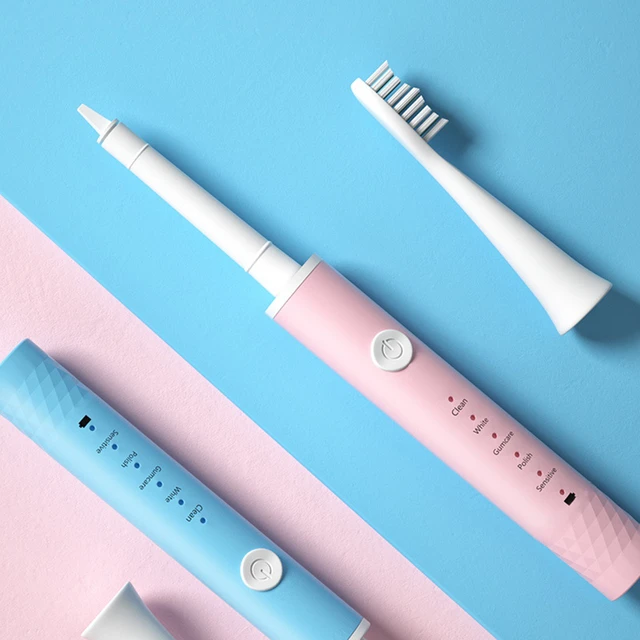 Battery-Powered Toothbrushes:
Battery-Powered Toothbrushes:
Compact and Convenient:
Smaller Devices: Battery-powered toothbrushes are generally smaller and lighter than rechargeable electric toothbrushes. They often use AA or AAA batteries, which are easier to manage and replace during travel.
Compliance: Ensure the batteries comply with TSA regulations and are stored safely. Follow the same guidelines for battery handling and storage as you would for electric toothbrushes.
Portable Oral Care Kits:
Comprehensive Hygiene:
All-In-One Kits: Consider packing a portable oral care kit, which includes a manual toothbrush, toothpaste, floss, and possibly a mini mouthwash. These kits are designed for travel and maintain your dental hygiene routine.
Compact Design: These kits are compact and easy to pack, making them a practical alternative for short trips or situations where packing an electric toothbrush is not feasible.
Maintenance and Care:
How Should You Maintain Your Electric Toothbrush While Traveling?
Proper care during travel ensures your electric toothbrush remains functional and hygienic.
Regular Cleaning:
Keeping It Clean:
After Each Use: Rinse the toothbrush head thoroughly after each use to remove toothpaste and debris. Shake off excess water and allow it to air dry before packing it away.
Travel Cleaning: Pack a small cleaning brush or wipes to clean the toothbrush handle and head while on the go. This maintains hygiene and prevents residue buildup.
Storage Conditions:
Preventing Damage and Contamination:
Dry Storage: Ensure the toothbrush is dry before packing it away to prevent mold and mildew growth. Use a case that allows ventilation and air circulation.
Avoid Extreme Temperatures: Do not expose your electric toothbrush to extreme temperatures. Keep it away from direct sunlight and avoid leaving it in very hot or very cold environments.
Recharging:
Managing Power Needs:
Battery Life: Keep an eye on the battery life and recharge as needed. A fully charged toothbrush can last through several brushes, depending on usage frequency.
Power Adaptors: Use appropriate power adaptors and voltage converters to recharge your toothbrush without damaging it. Verify the compatibility with the local power supply to avoid power surges.
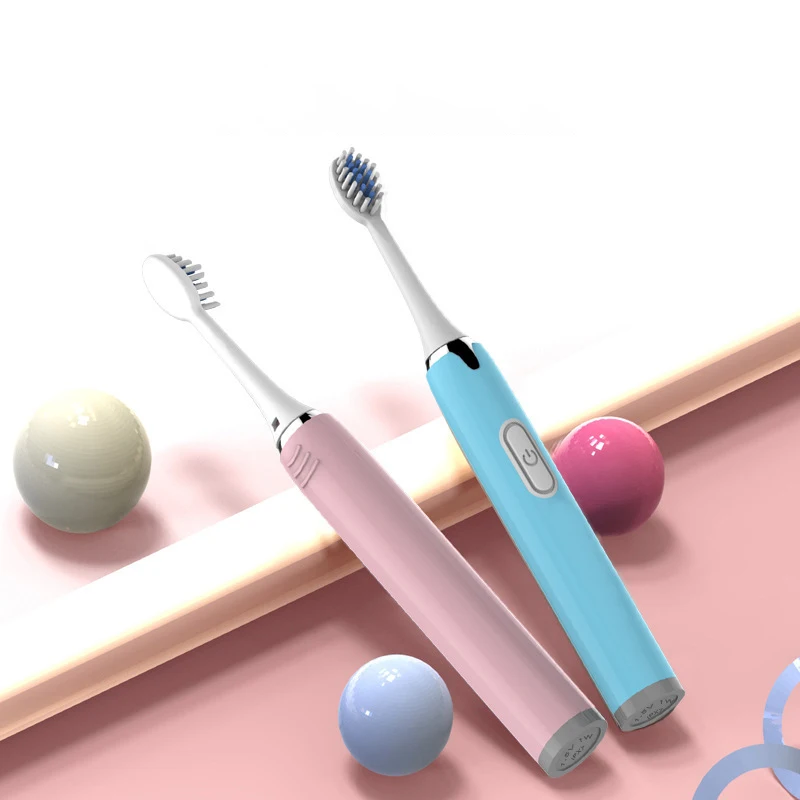 Common Issues:
Common Issues:
What Problems Might Arise When Traveling with an Electric Toothbrush, and How Can You Address Them?
Being aware of potential issues helps ensure quick solutions and a seamless travel experience.
Battery Drain:
Managing Power:
Unexpected Drains: If you notice the battery draining quickly, check for accidental activation during transit. Ensure the toothbrush is turned off and secured to prevent this.
Portable Chargers: Carry a portable charge or power bank for emergency recharges. This helps maintain functionality when you don’t have immediate access to electrical outlets.
Physical Damage:
Protective Measures:
Impact Protection: Physical damage can occur during transit. Use protective cases and additional padding to minimize the risk.
Spare Components: Carry spare brush heads and other replaceable components. These can be invaluable if any part gets damaged or worn out during your trip.
International Power Compatibility:
Dealing with Power Differences:
Voltage Mismatch: Verify the voltage compatibility of your electric toothbrush with the destination country’s power supply. Use a voltage converter if required to avoid damage from power surges.
Plug Adaptors: Don’t forget to pack the appropriate plug adaptors. This ensures you can recharge your toothbrush without compatibility issues in different countries.
Conclusion
Traveling with an electric toothbrush in checked baggage is generally allowed under TSA guidelines, but it’s crucial to follow best practices for safe and effective travel. Understanding TSA regulations, especially regarding lithium-ion batteries, ensures compliance and avoids unnecessary complications. Proper packing techniques, including using protective cases, adding padding, and managing batteries, protect your toothbrush from damage during transit. Navigating airport security smoothly involves accessible packing and potential documentation for clarification. When traveling internationally, researching specific country and airline regulations, as well as ensuring voltage compatibility, is vital. Exploring alternative solutions like manual or battery-powered toothbrushes can provide convenient options. Regular maintenance, careful storage, and addressing common issues like battery drain or physical damage maintain your toothbrush’s hygiene and functionality. By adhering to these detailed guidelines, you can travel confidently with your electric toothbrush, ensuring your dental hygiene routine stays consistent and effective, no matter where you go.

